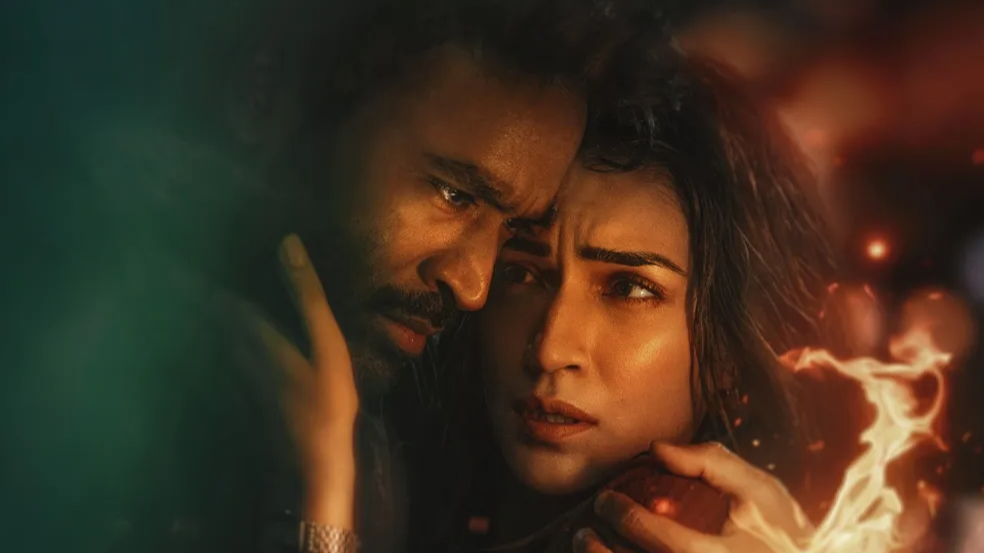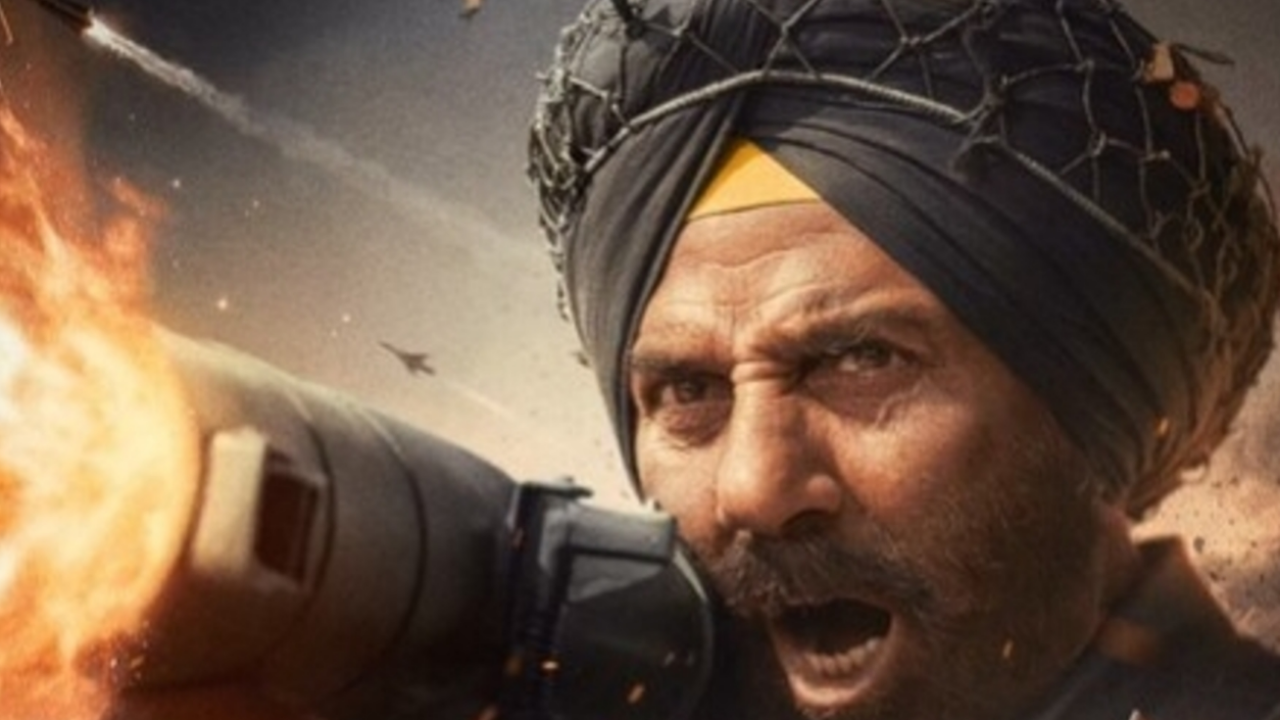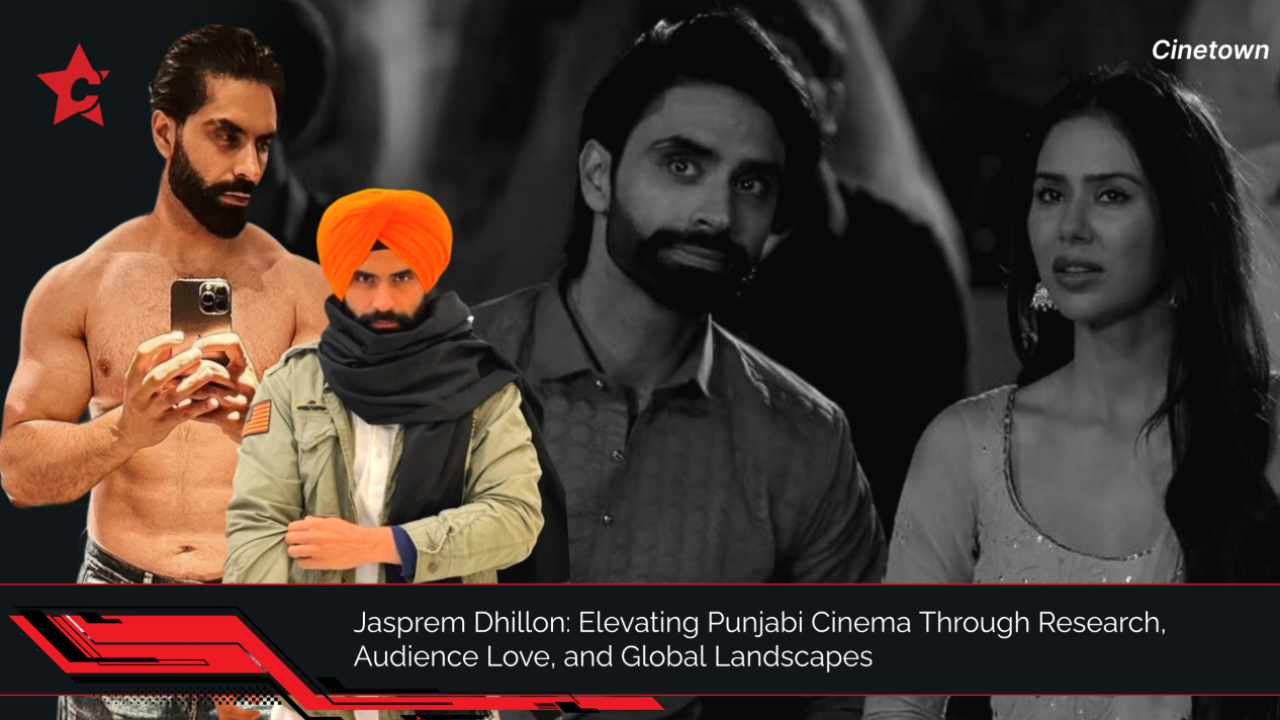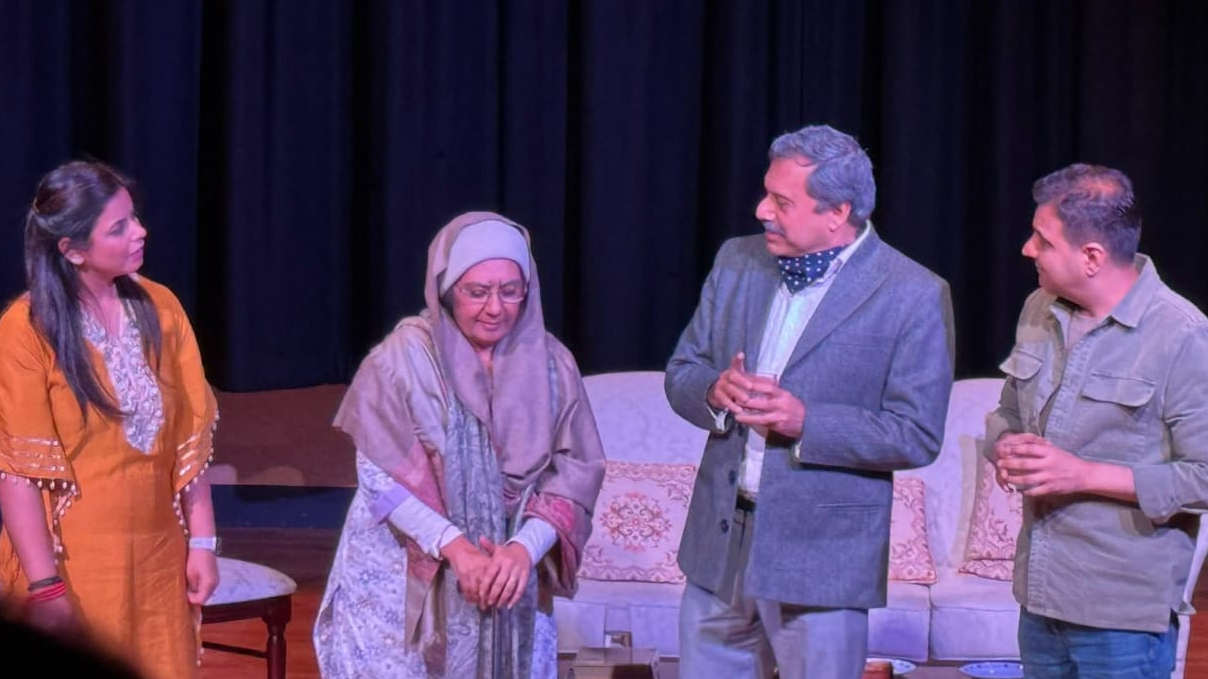The Evolution of Storytelling: Prosthetics and Makeup in “The Musical Mind: A Portrait in Process”
Exploring the fascinating relationship between their neurodiversity and their music. It’s a beautiful
intersection of art and the mind, and I found myself deeply inspired by the potential of merging visual transformations with stories like these.
The documentary primarily focuses on music, but I believe there’s so much more that prosthetics
and makeup can contribute to projects like this. Over the years, we’ve seen incredible
advancements in prosthetic technology—silicone-based designs, 3D printing, and other innovations

that allow us to create transformations so lifelike, they blur the line between reality and fiction.I’m
reminded of transformations like Gary Oldman’s into Winston Churchill in Darkest Hour or the
stunning prosthetic work in Tumbbad, where storytelling and visual artistry came together in
extraordinary ways.
In The Musical Mind, I started imagining how these techniques could be used to represent not just
physical changes—like the aging process of an artist—but the inner worlds of these musicians.
Imagine being able to visually depict the way neurodiversity shapes their creative processes, or to
show the abstract nature of mental states that inspire their music. Prosthetics and makeup could
bring those emotional and psychological journeys to life, offering the audience a tangible way to
connect with something otherwise intangible.

Incorporating prosthetics into documentary filmmaking has the potential to bridge the gap between fact and dramatic storytelling. Imagine recreating iconic moments from an artist’s life, or even visually representing their inner turmoil or joy, in a way that feels authentic but still cinematic. I truly believe that as our technology and artistry evolve, we can bring more detailed portrayals to
documentaries, blurring the lines between genres and offering filmmakers more ways to tell their
stories.

Looking toward the future, I see prosthetics playing a much larger role in documentary storytelling.
It’s not just about adding visual flair; it’s about deepening the narrative and helping audiences feel
the full spectrum of a subject’s experience. Documentaries like The Musical Mind have so much
potential to elevate their storytelling with these tools, and I’m excited about the possibilities ahead.
In Australia, we’re in a unique position to lead this creative evolution. With strong government
support and a growing community of artists and filmmakers pushing boundaries, the Australian film industry is buzzing with innovation. I’m proud to be part of that movement, and I look forward to seeing how makeup and prosthetics will continue to shape storytelling—especially in documentaries, where truth and artistry can meet in such compelling ways.

Recent posts

Tere Ishk Mein: A Fierce Tale of Love, Pain, and Redemption

Border 2: The Grand Return of Bollywood’s Most Iconic War Epic

Dharmendra: The Eternal He-Man of Bollywood

“120 Bahadur” Honors the Heroism of Rezang La: A Stirring Tribute to India’s Unsung Warriors

🎬 Jasprem Dhillon: Elevating Punjabi Cinema Through Research, Audience Love, and Global Landscapes

🎭 RAMLEELA: Keeping Traditions Alive, Celebrating Women

Aghori 2025: Hip Hop Garba Takes Over Australia in a Cultural Storm








